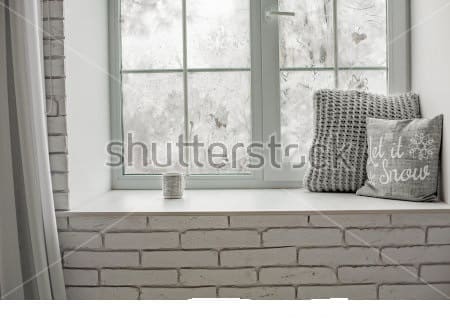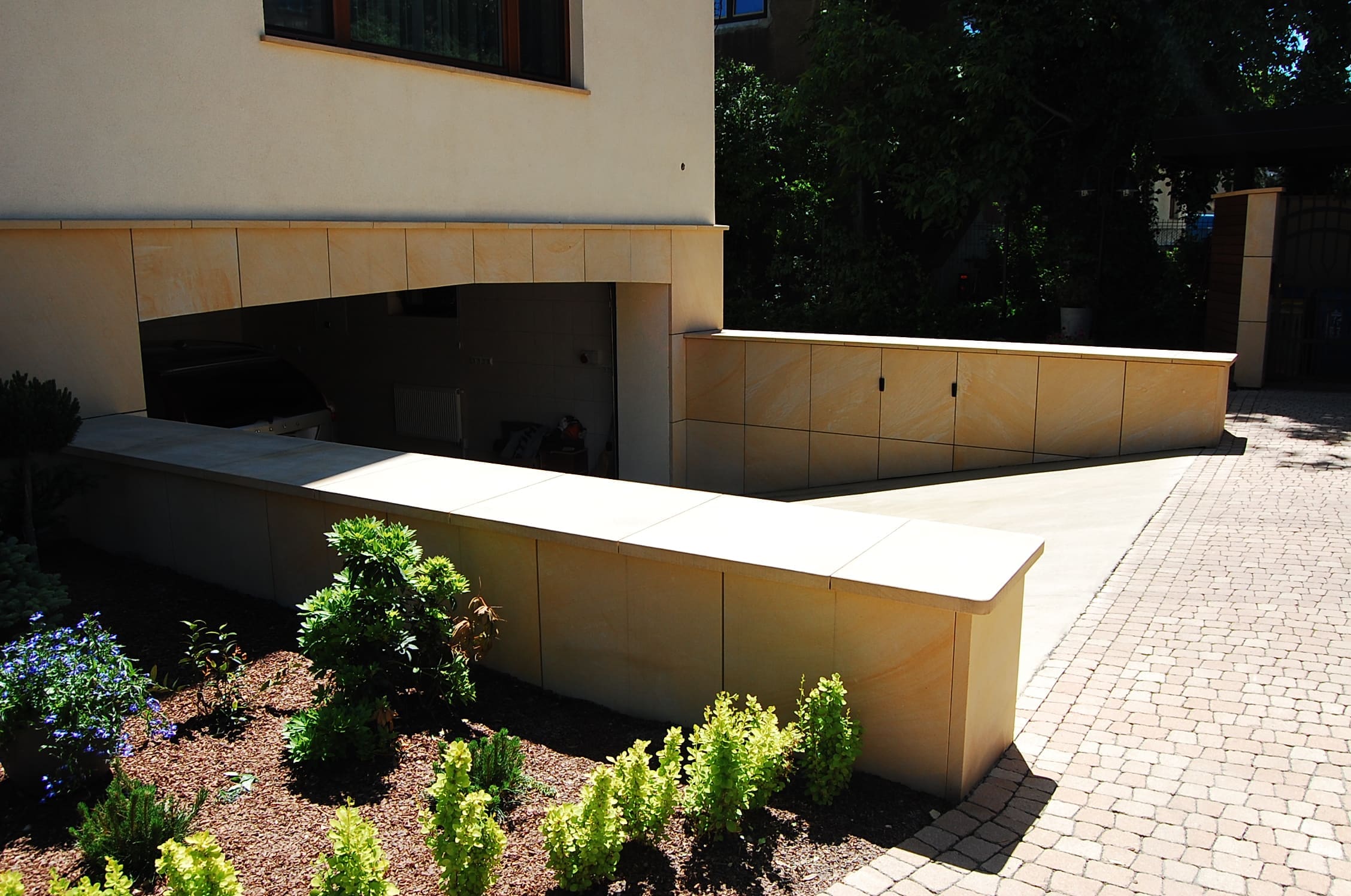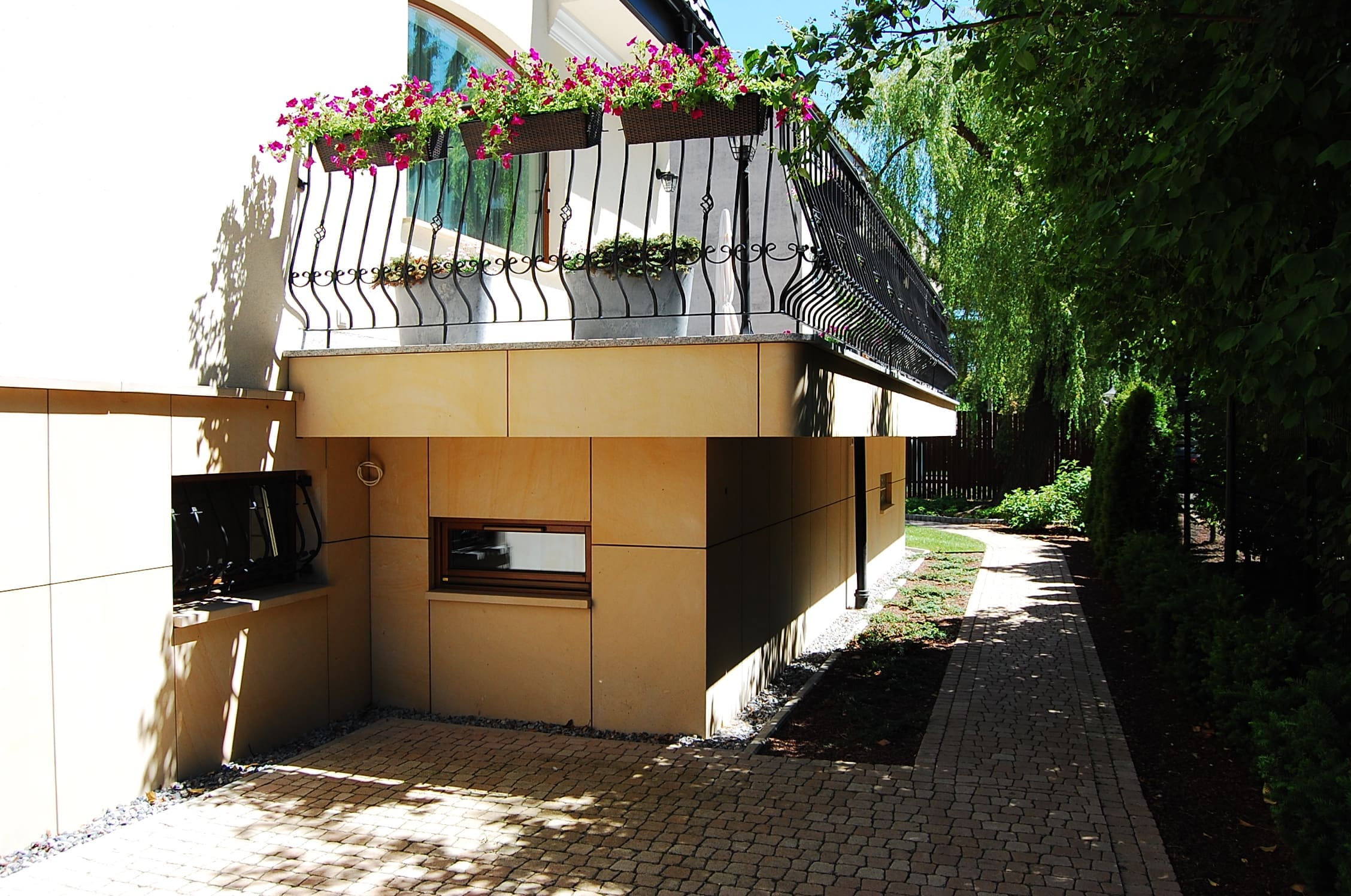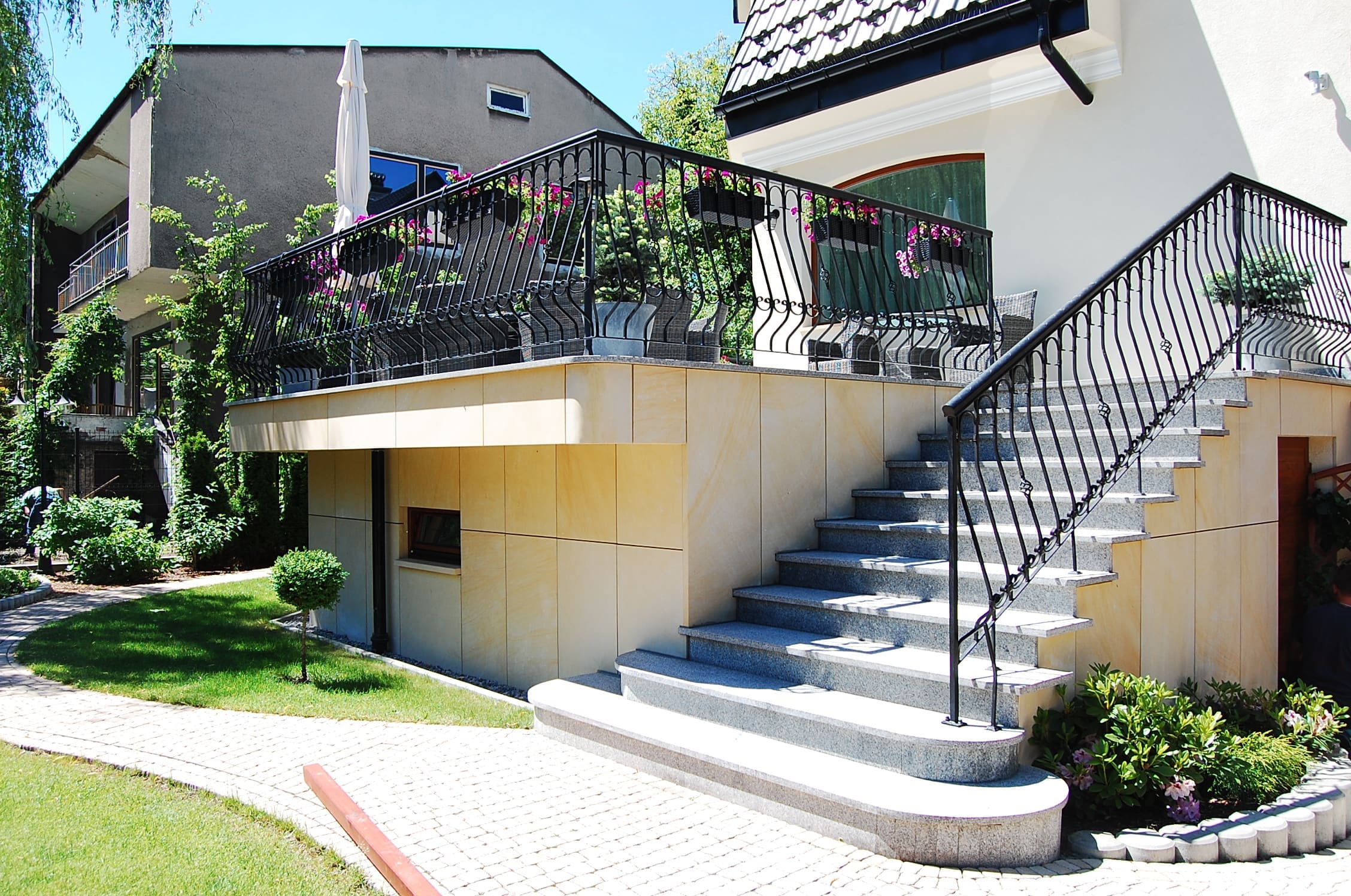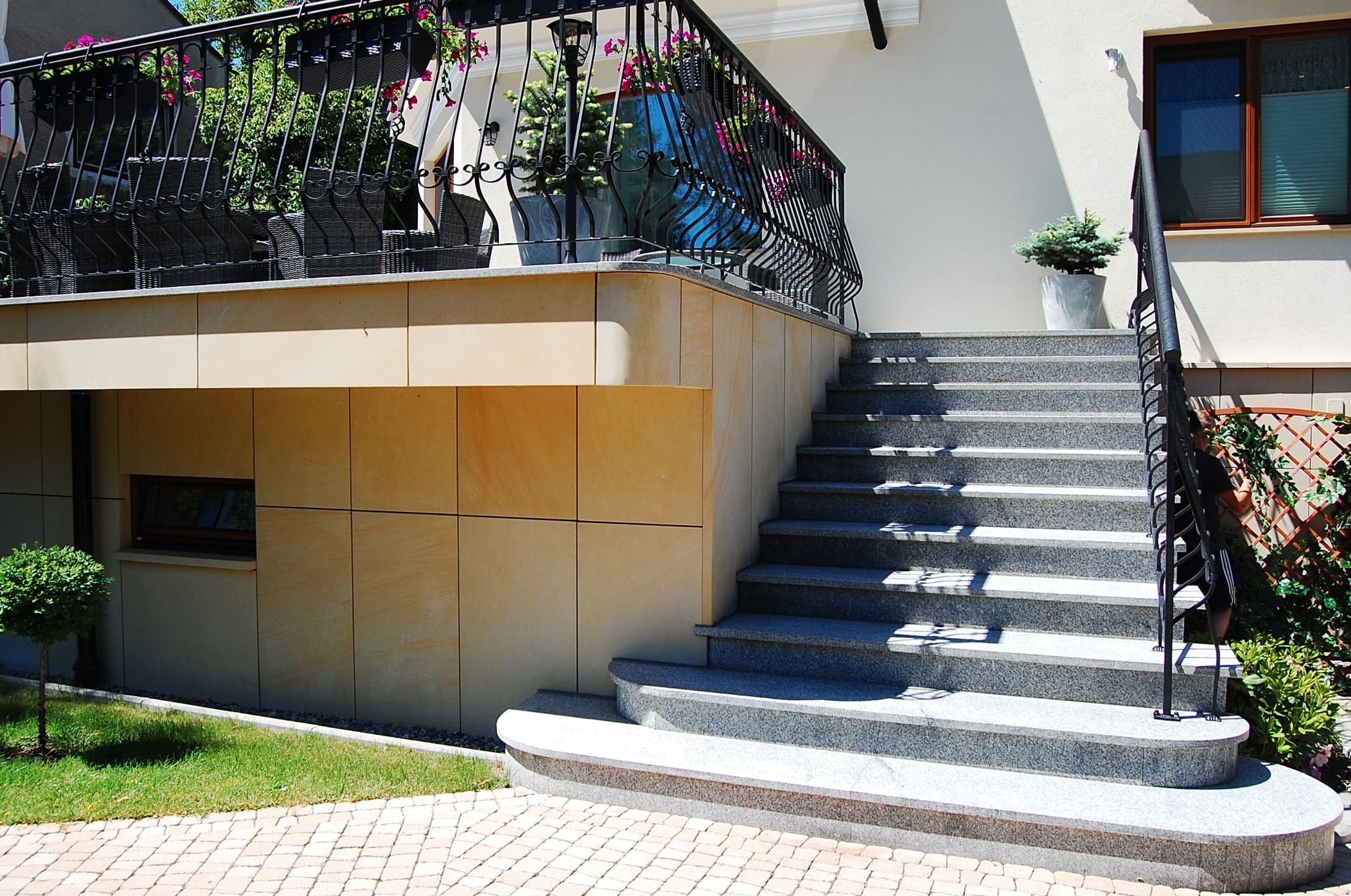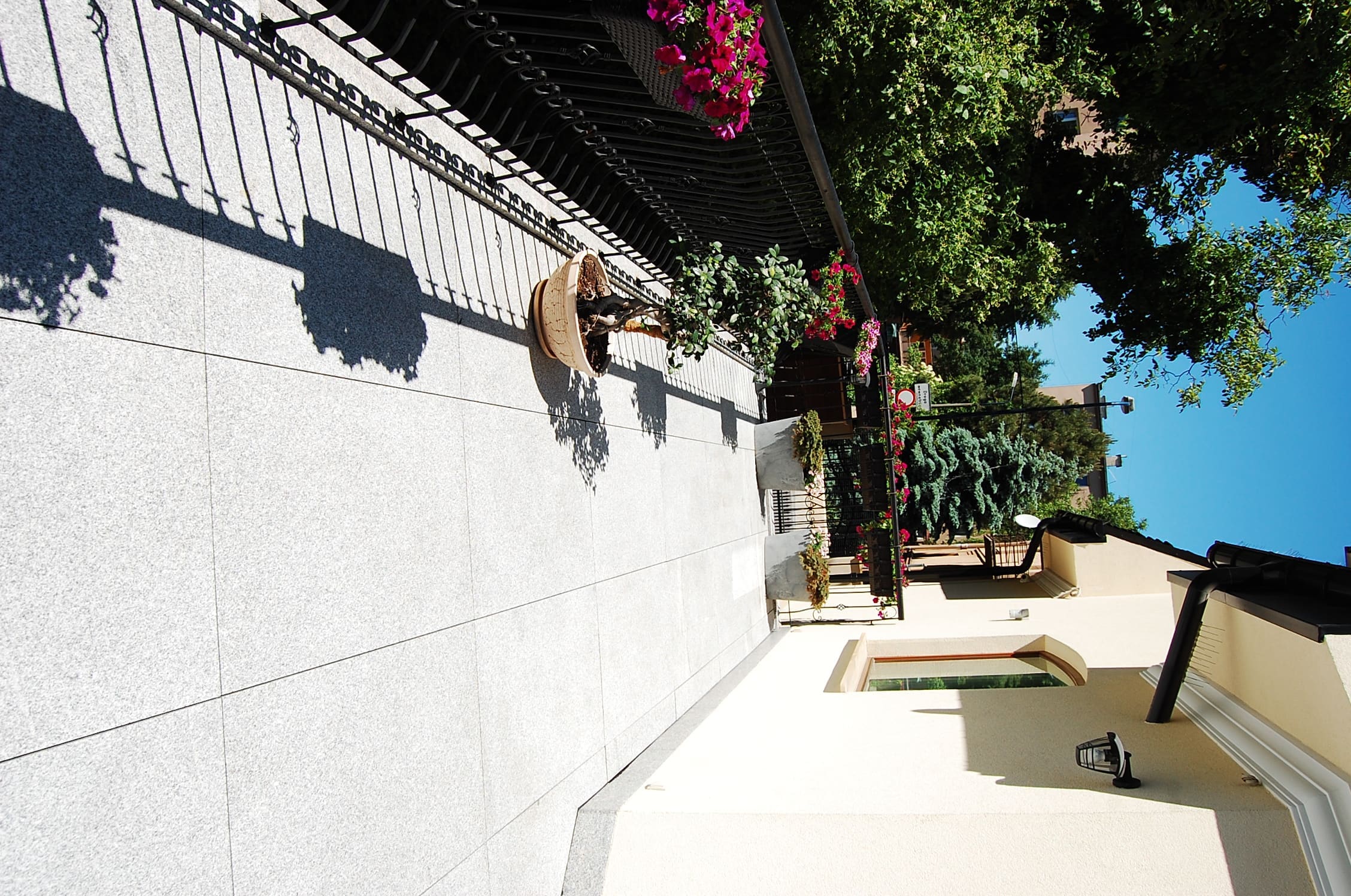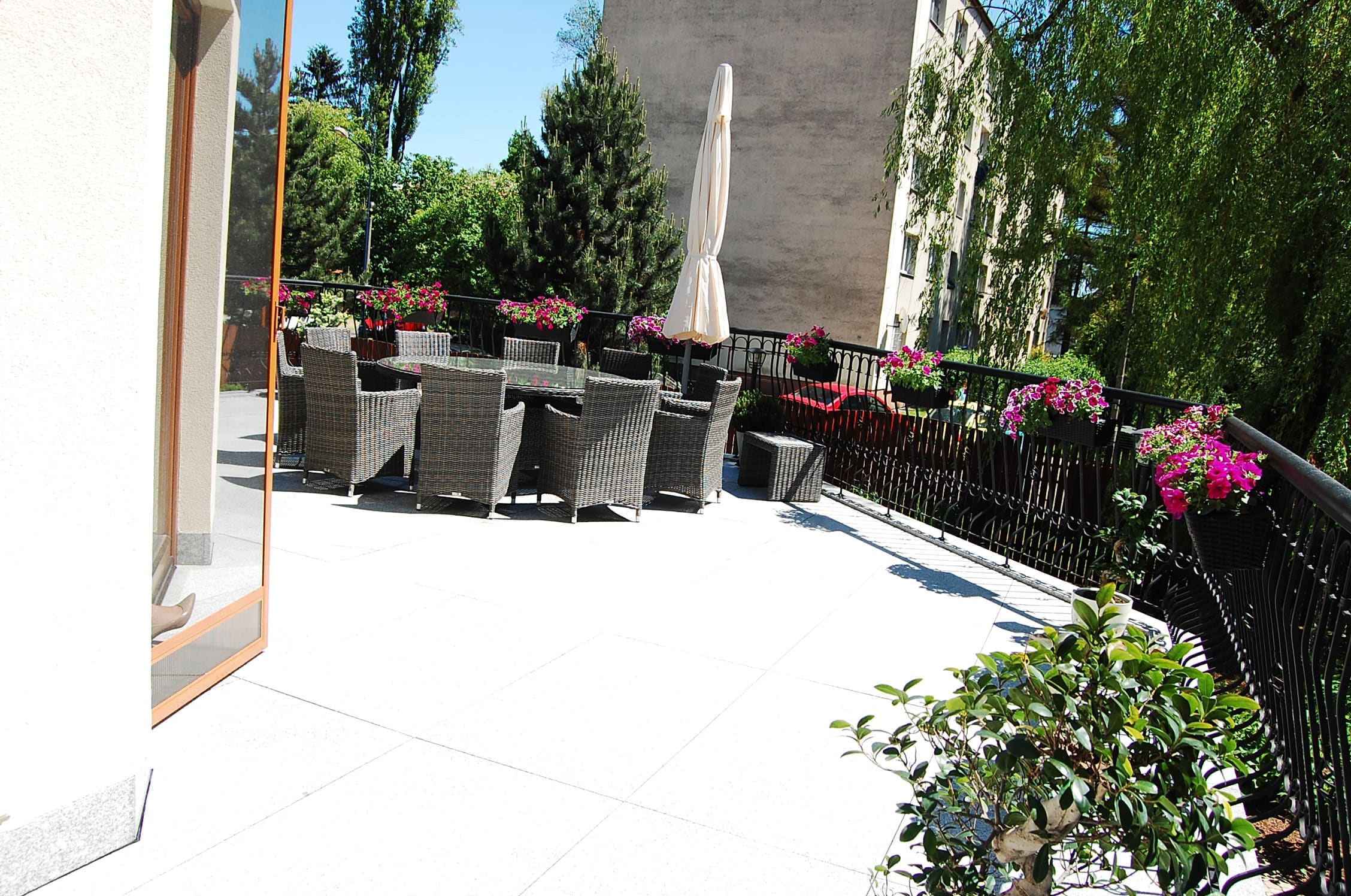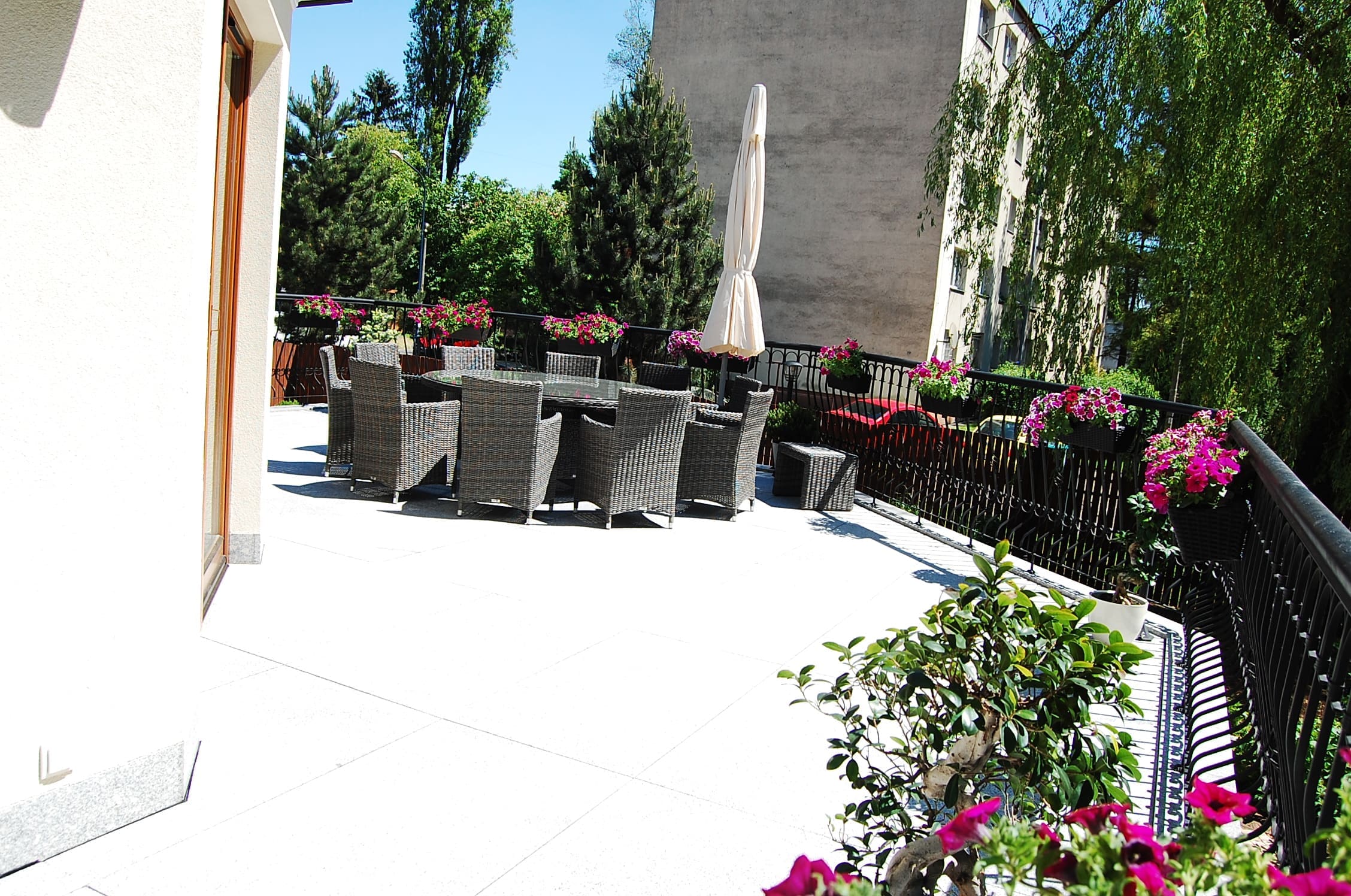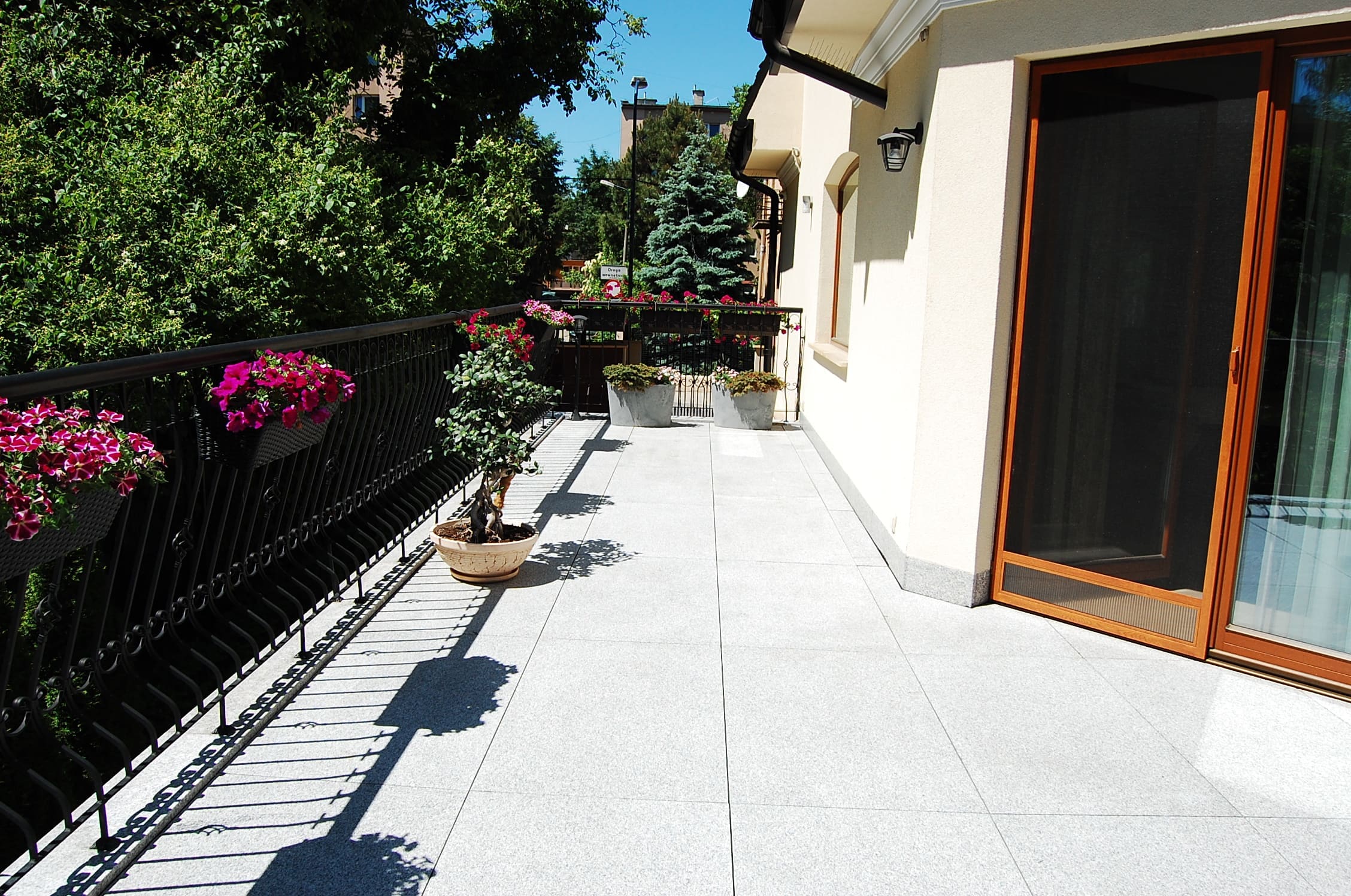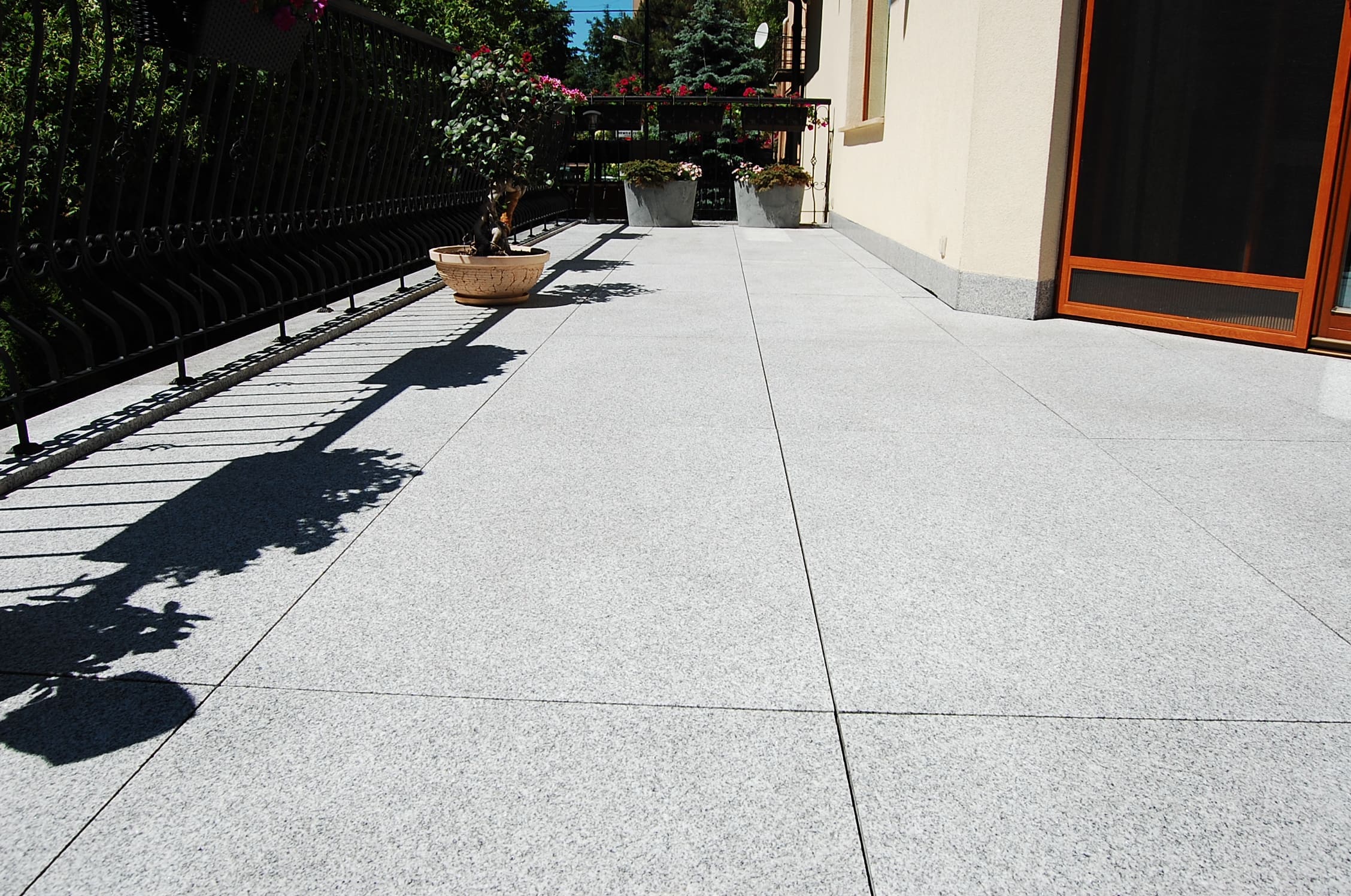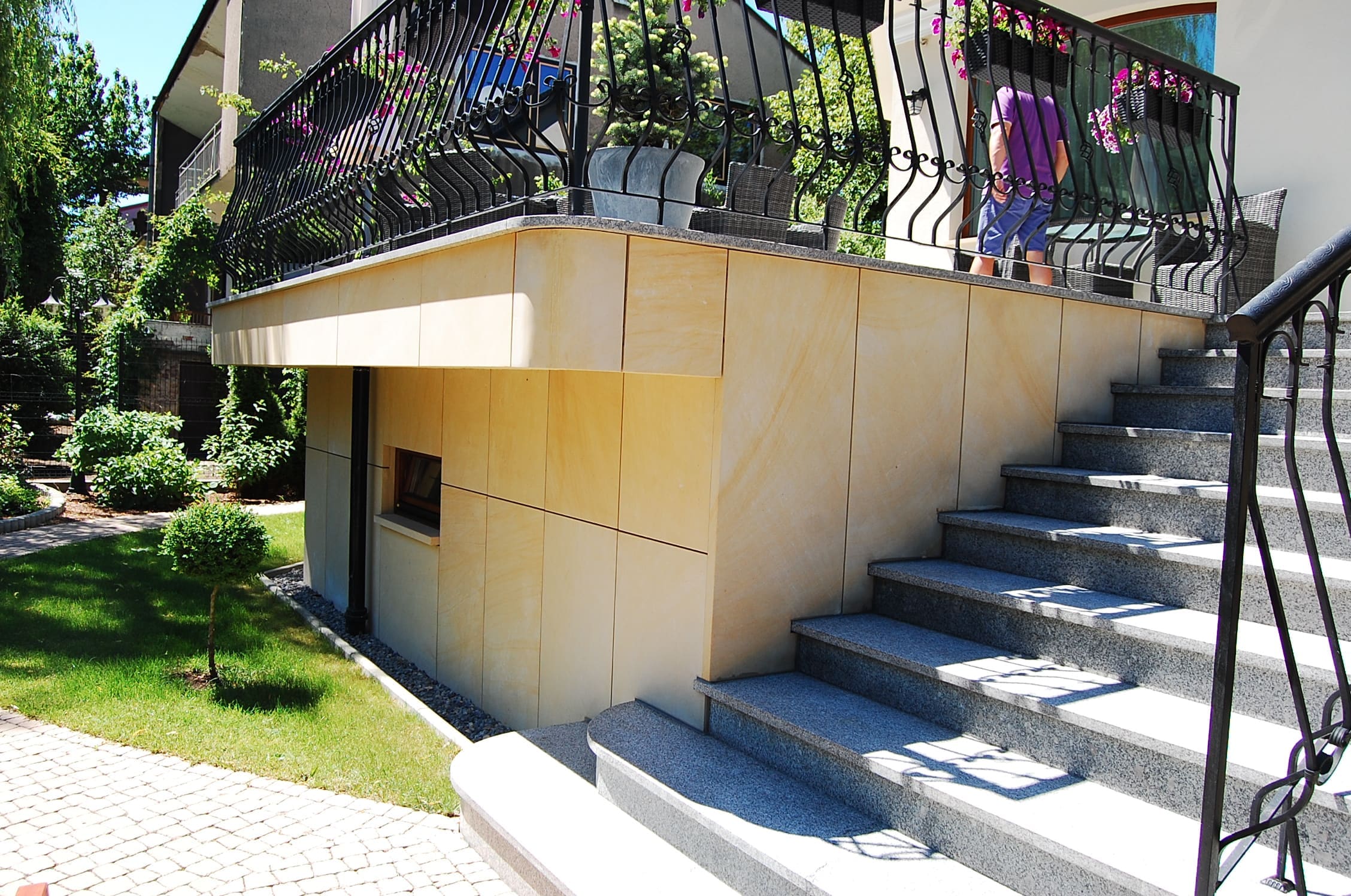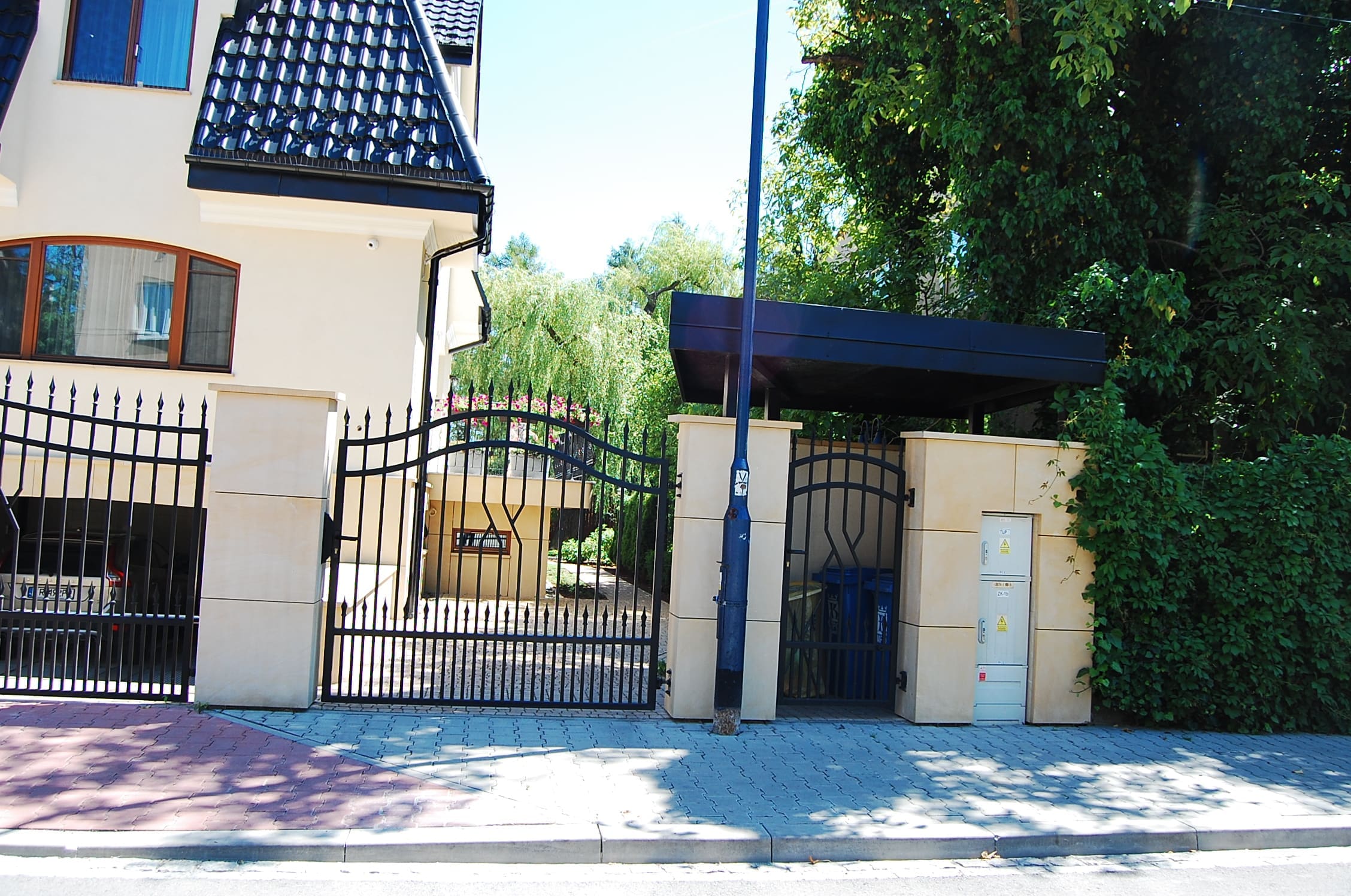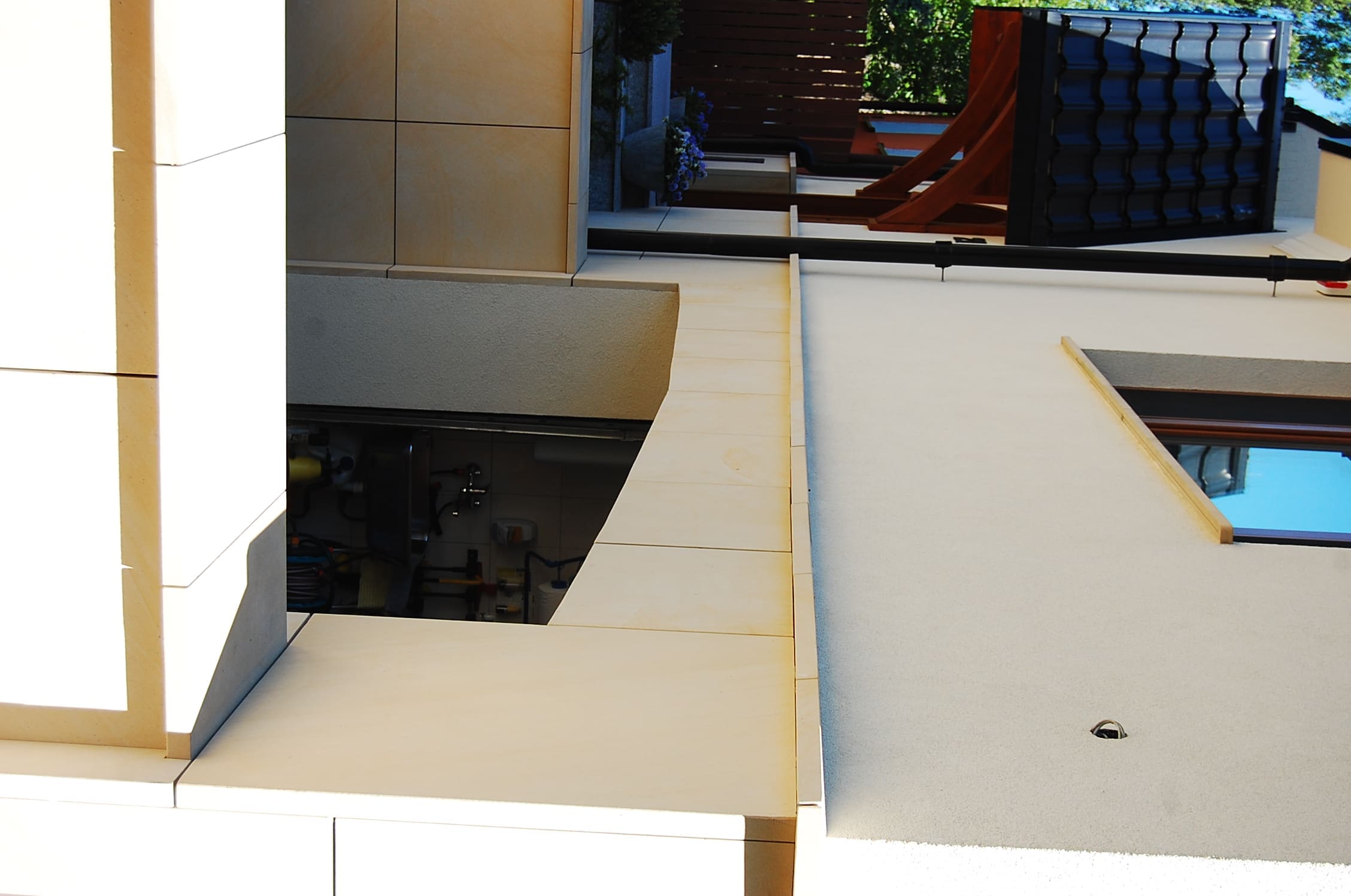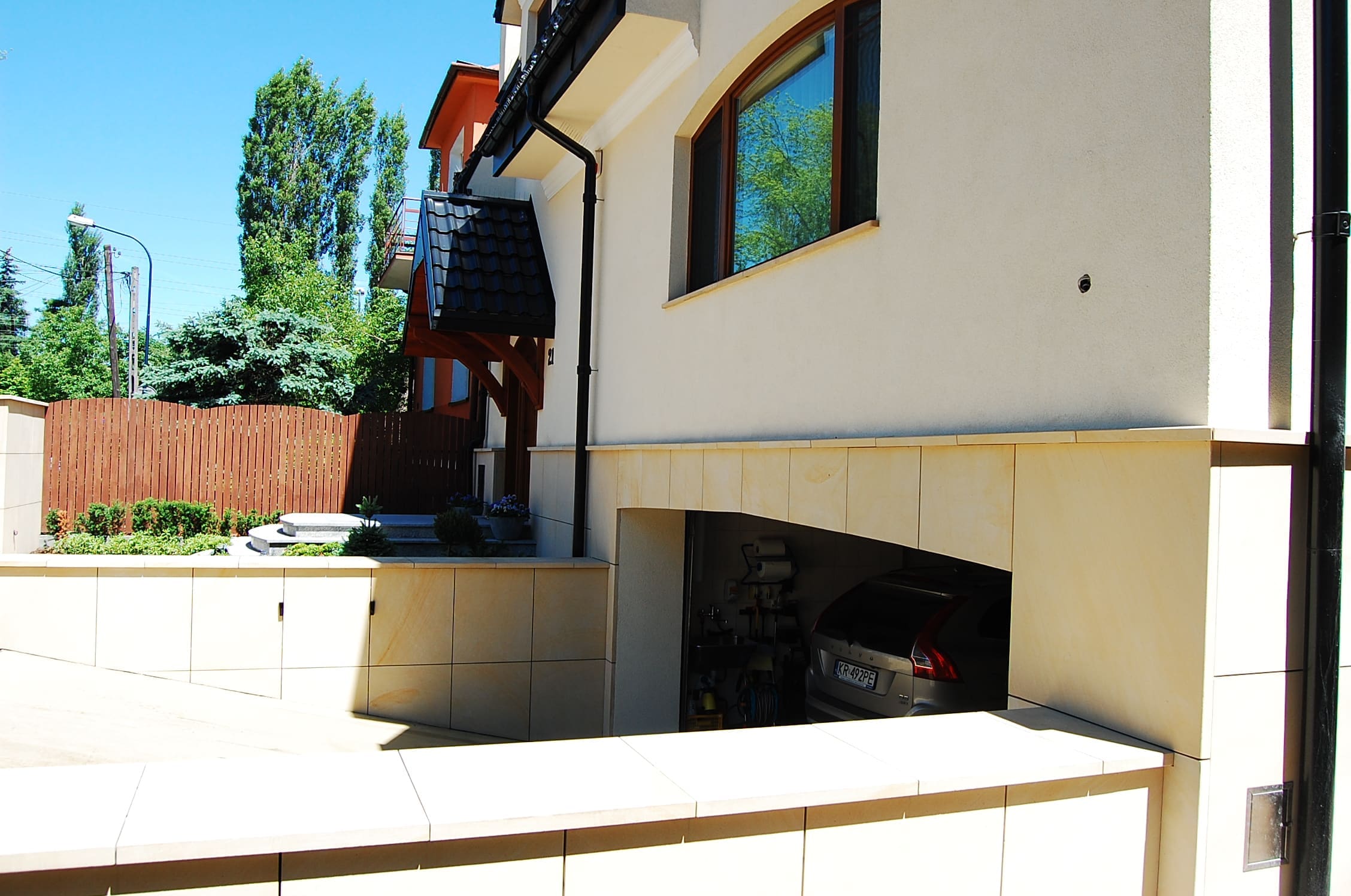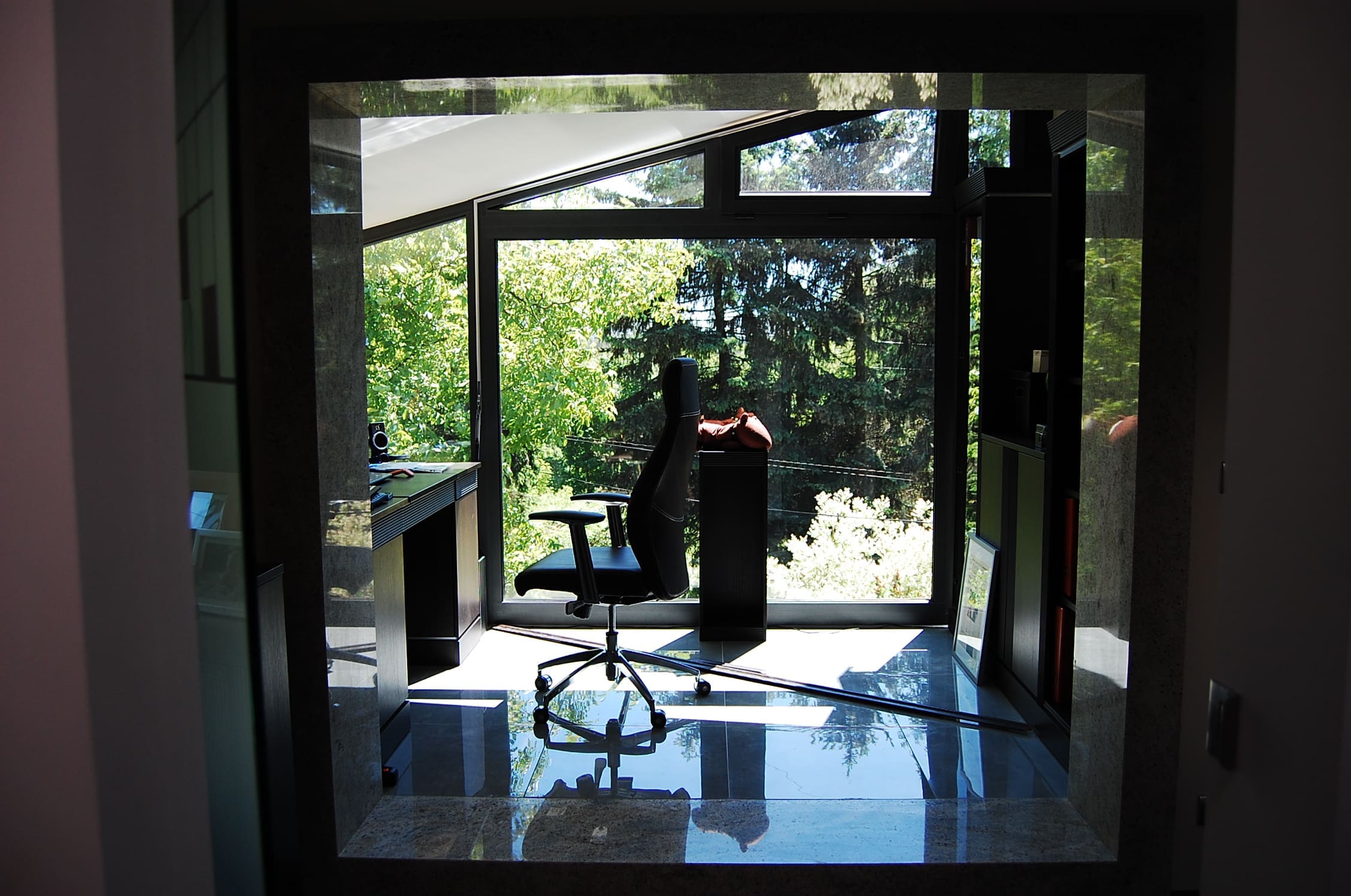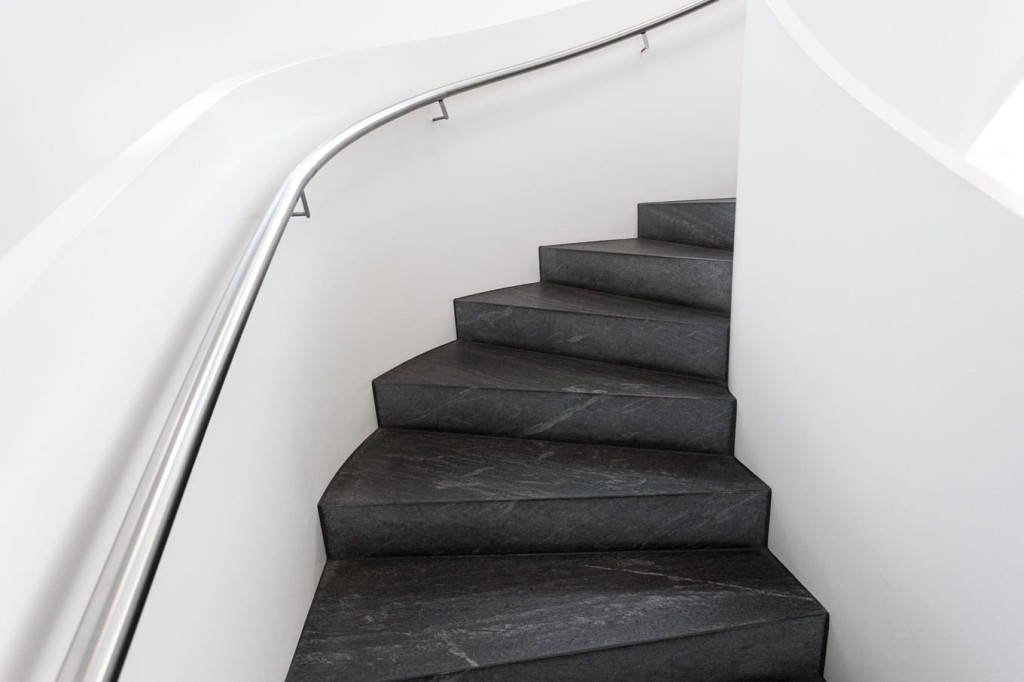Conglomerate window sills - what interiors do they best harmonise with?
An inner window sill is a major finishing element of every interior. It is installed in the stage of plastering a room. Thus, it is worth taking a decision in advance, in the initial phase of finishing works. The purchase of window sills gets a raw deal, yet if you decide to buy conglomerate window sills, we can give you a few tips, what kind of interiors do they match best.
An interior window sill does not only protect walls against dust, which hovers over radiators, but it is also a principal decorative element. Window sills are produced from various kinds of materials starting from wood, through natural stone and ending with PCV. However, if you decide on conglomerate sills, it is worth considering if they will match your interior.
What kind of interiors does a conglomerate sill harmonise with?
While choosing a conglomerate sill, we should bear in mind that it should not dominate any interior. Ideally, a window sill should match such elements as a floor, a kitchen worktop or furniture. Since conglomerate is found in a variety of shades, conglomerate window sills match almost every interior. It is worth remembering that in the case of dark wooden window frames, it is better to choose a sill of the matching colour while with light frames we can go for sills of similar or even of contrasting colours. We should avoid stones of expressive patterns.
Window sill installation
An interior conglomerate window sill performs several important functions. Among other things, it allows the heat from a radiator to be evenly distributed and it protects a radiator from dirt settling. For this reason, its proper installation is very important. If we do it unskilfully, so called thermal bridging may occur, which leads to an additional heat loss. So an optimal depth for a sill installation should range between 1 to 1,5 centimetre, and the chink between the edge between the sill and the wall should be filled up with thermal non-conductive material.

